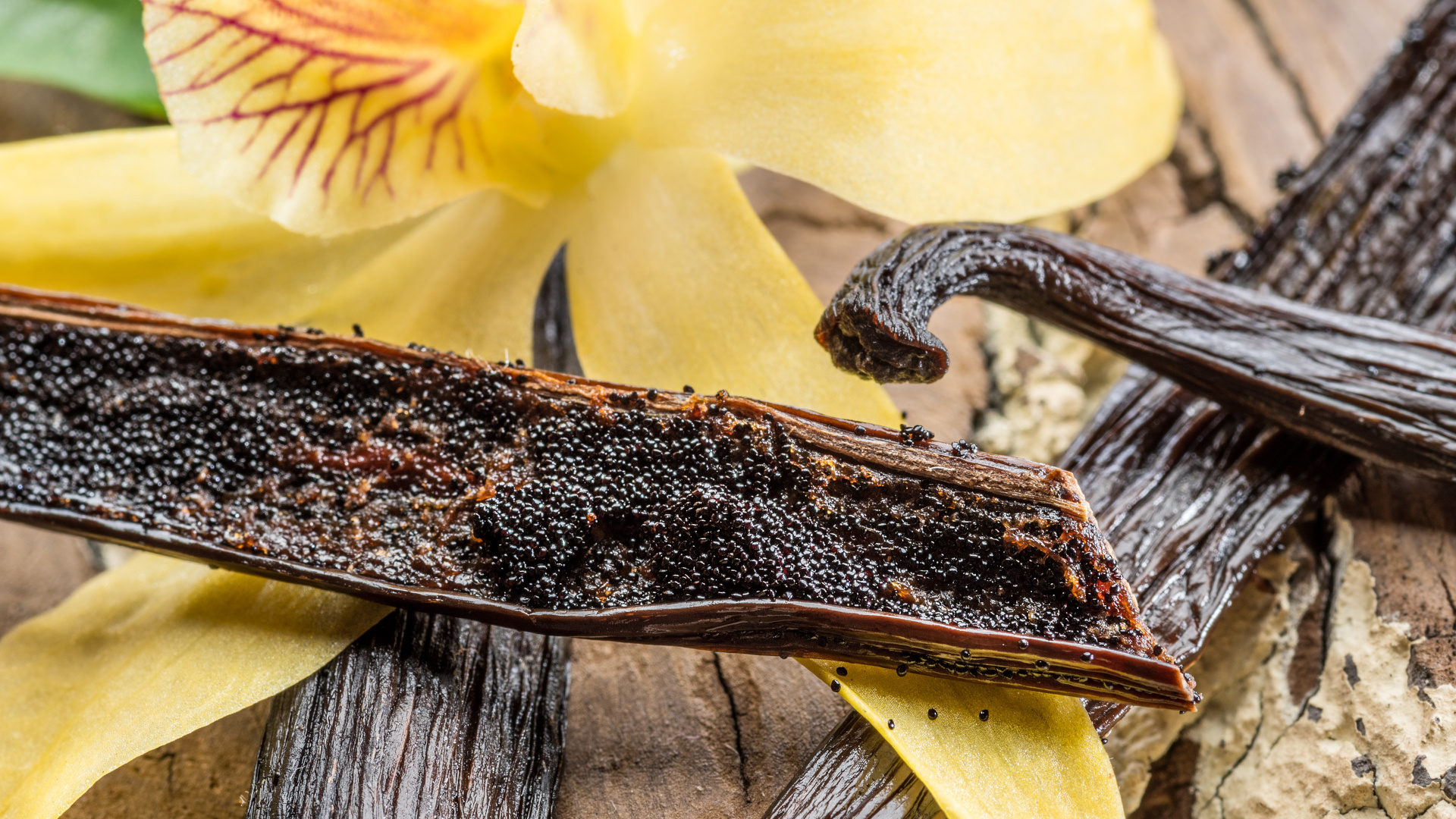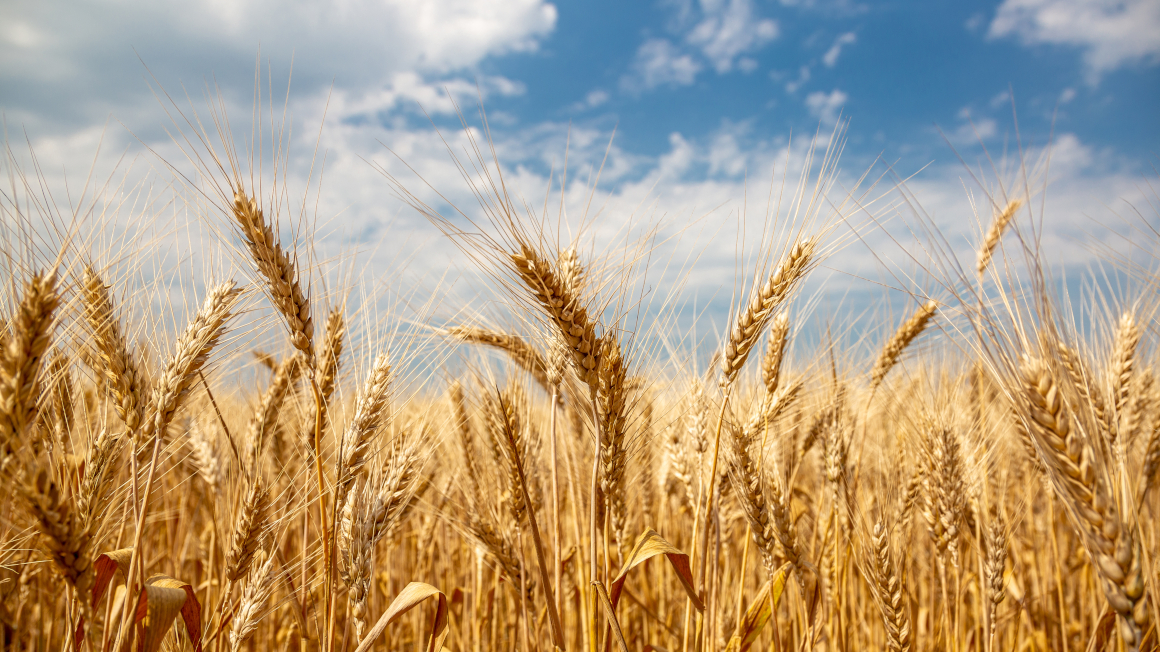Secure harvests with soil microbes
A research team led by Geisenheim University points to the potential of wild plants and their interaction with soil microbes for sustainable agriculture and calls for the establishment of protected areas to study this sensitive relationship.

Microorganisms are the invisible helpers in agriculture. They supply soil and plants with important nutrients, improve soil structure and can keep pathogens at bay. Soil microbes thus make an enormous contribution to preserving the ecosystem. An international research team led by Geisenheim University shows why this microbe-plant interaction is so important and how it can be saved.
According to the researchers, soil microbes are ‘indispensable for resilient agriculture.’ However, microbial diversity is declining as the finely tuned interaction between microbes and plants is increasingly disrupted by excessive fertilisation, pesticide use, intensive tillage, overly narrow crop rotations and breeding practices.
Establishment of protected areas for wild relatives
The researchers therefore propose focusing on the wild relatives of crop plants in the future. According to the study, these Crop Wild Relatives (CWR) have ‘adapted to their soil microbes and, in some cases, developed particularly symbiotic relationships’ in the course of evolution. In the journal Nature Communications, the team calls for the creation of protected areas to preserve wild plants together with their soil microbiomes.
Exploring plant-microbe systems with AI
These so-called CWR biodiversity refuges should be created in close cooperation with all stakeholders, according to the researchers. Here, they want to collect data on plants, soils and microbial diversity and compile it in a database. With the help of artificial intelligence and modern genetic analysis tools, the research group hopes to find clues as to which plant-microbe systems could be particularly valuable for sustainable agriculture.
Global initiative called for
In their study, the researchers also advocate the establishment and regular updating of a global red list of threatened wild relatives. The aim is to make cultivated plants healthier and more resilient ‘by specifically strengthening their cooperation with beneficial soil microorganisms.’ As biodiversity among wild relatives is also declining, they call for a ‘global initiative coordinated by international organisations such as the Crop Diversity Trust.’
bb


